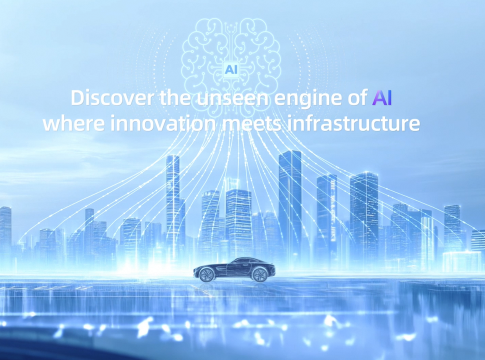The Underpinnings of AI: The Unsung Heroes of Progress
A Strong Foundation for AI Innovation
As artificial intelligence (AI) continues to reshape industries and enhance everyday life, one fundamental aspect often goes unnoticed: the crucial infrastructure that supports these intelligent systems. Much like a high-performance car relies on its engine, fuel, and wiring to function optimally, AI systems depend on an intricate network of hardware and software components to drive their capabilities.
Key Components of AI Infrastructure
At the heart of AI infrastructure are three critical elements:
-
Computing Power: This is the powerhouse of AI, responsible for crunching massive datasets and executing complex algorithms at lightning speed. Companies like NVIDIA and Google have been at the forefront, developing advanced GPUs and TPUs specifically designed for AI tasks.
-
Data Storage: Without sufficient storage solutions, the vast amounts of data required for training AI models would be lost. Modern storage technologies not only focus on holding data securely but also on ensuring that it can be accessed quickly. Companies like Amazon Web Services and Microsoft Azure provide cloud storage that scales with the needs of AI applications.
- Networking: In an age where data travels faster than ever, networking acts as the connective tissue linking computing and storage components. It ensures that information flows seamlessly, allowing for real-time data processing and analysis. Advances in 5G technology and fiber-optic networks have further revolutionized this space.
Security & Data Management
While the raw performance capabilities of AI infrastructure are impressive, they must be complemented by two essential factors: security and efficient data management. As AI systems become more integrated into business and society, robust security protocols protect sensitive information from breaches and misuse. Meanwhile, effective data management strategies ensure that AI applications can operate without interruption or instability, allowing for smooth performance and reliable outcomes.
Implications for the Future
The synergy of these elements not only powers AI advancements but also fosters an environment ripe for innovation. Without a strong infrastructural backbone, even the most sophisticated AI models would struggle to reach their full potential.
As companies and researchers continue to explore the frontiers of AI, understanding the critical role of infrastructure is paramount. With rapid developments on the horizon, the future of technology hinges on advancing our foundational systems just as much as it does on the AI algorithms themselves.
In a world increasingly driven by intelligence, the quiet successes of AI infrastructure are a testament to the idea that robust support systems propel remarkable innovation. As we watch this evolution unfold, it’s clear that the future of AI will depend as much on what lies beneath the surface as on what we see at the forefront.

Writes about personal finance, side hustles, gadgets, and tech innovation.
Bio: Priya specializes in making complex financial and tech topics easy to digest, with experience in fintech and consumer reviews.

